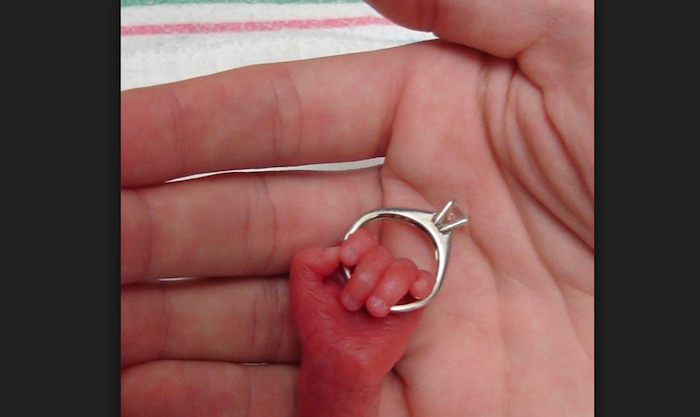There have typically been two options for prenatal paternity testing available.
Chorionic Villus Sampling
Available starting around the 10th to 13th week of pregnancy, chorionic villus sampling, or CVS, involves taking a sample of the chorionic villi, which are small pieces of tissues that are on the uterine wall. These finger-like objects are composed of the same genetic material as that found in the fertilized egg, as they originate from the egg, and can therefore provide the genetic markers needed to do a paternity test while pregnant.
In order to obtain the sample, a doctor must be present. He or she inserts a thin needle or tube into the vagina via the cervix to collect the sample. This is usually guided by ultrasound to avoid complications, though the test still carries with it the risk of miscarriage, as high as 1%.
This procedure is considered invasive and inappropriate for women with twins, or women who have certain medical conditions. It is often used to determine whether there are abnormalities or genetic disorders because it can be performed earlier than amniocentesis, but is also used as a paternity test while pregnant in some cases.






































Discussion about this post